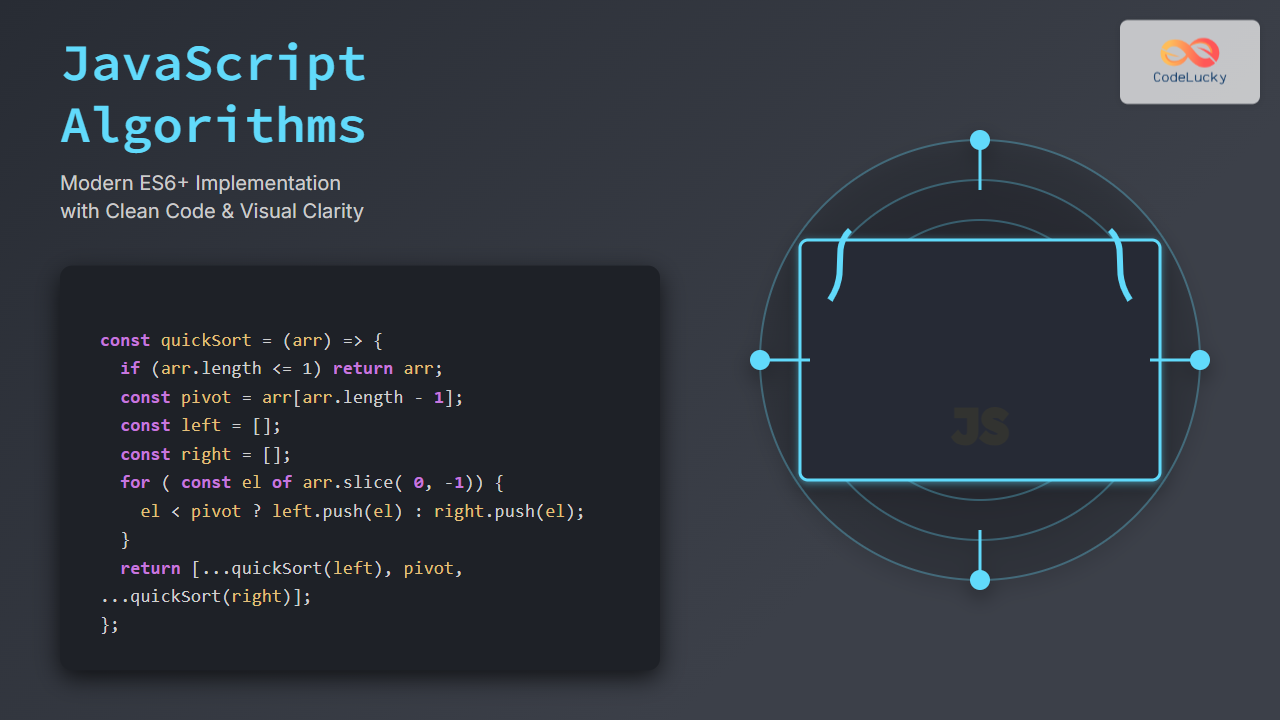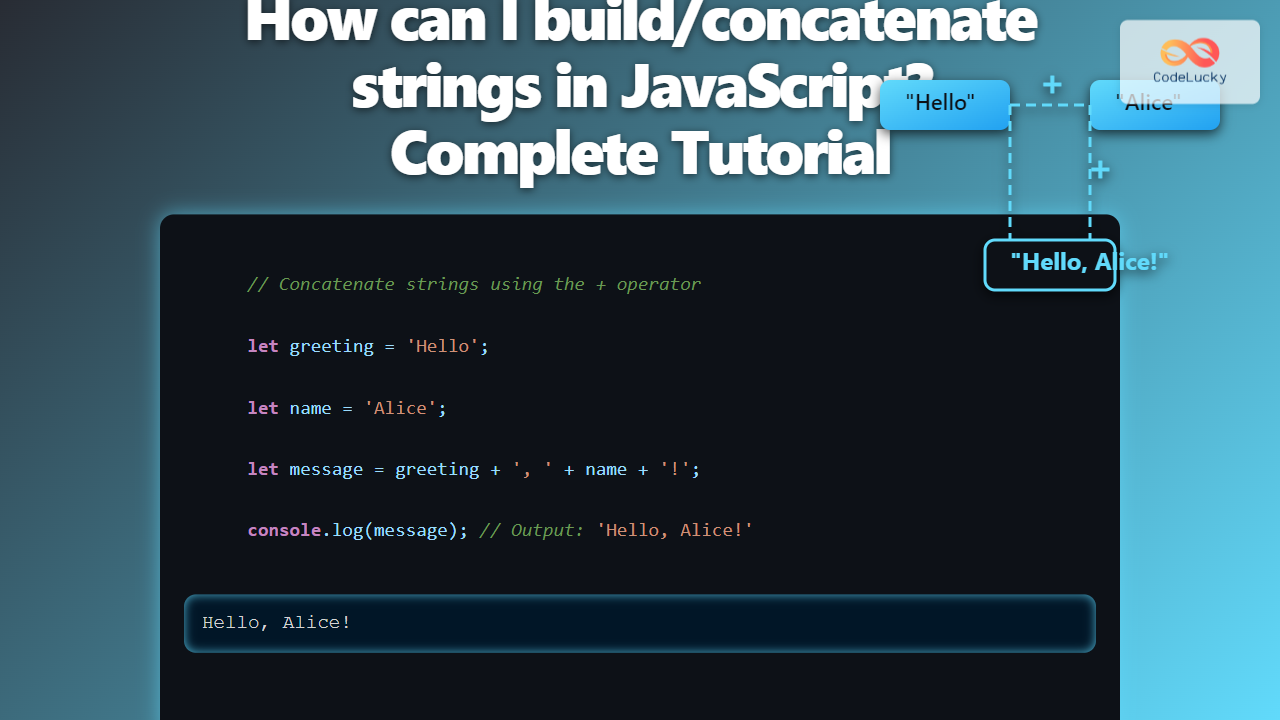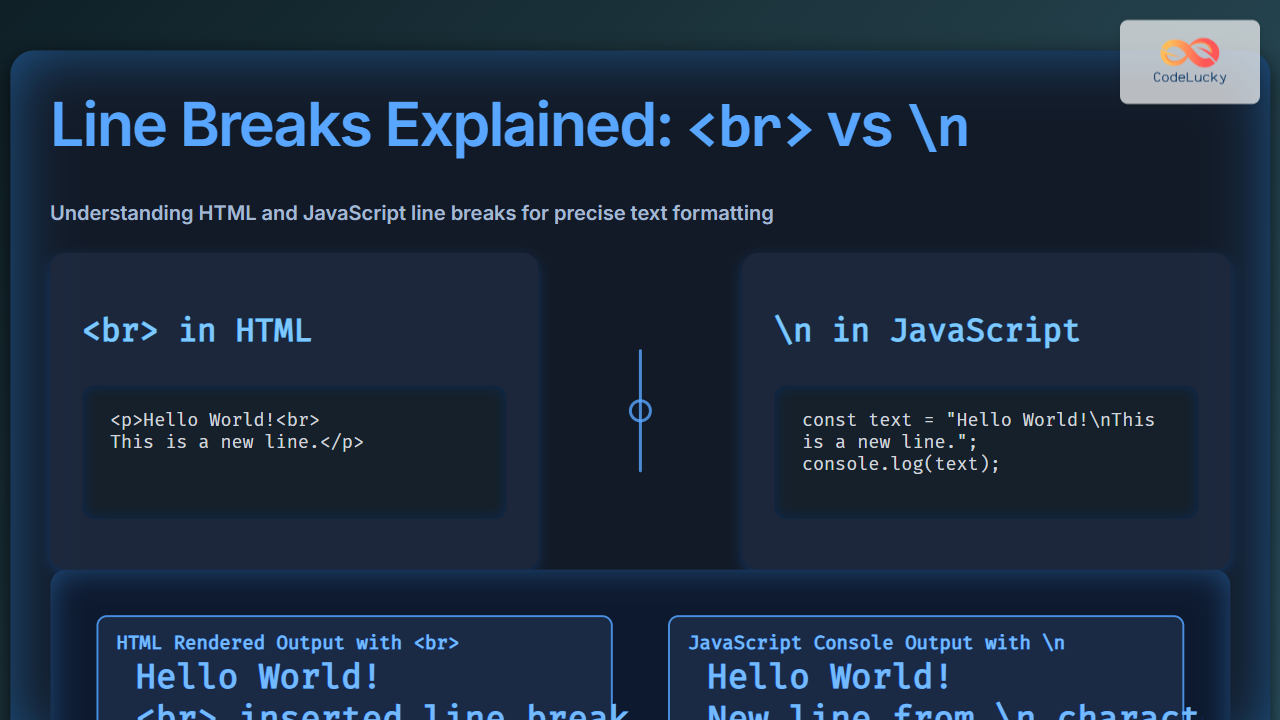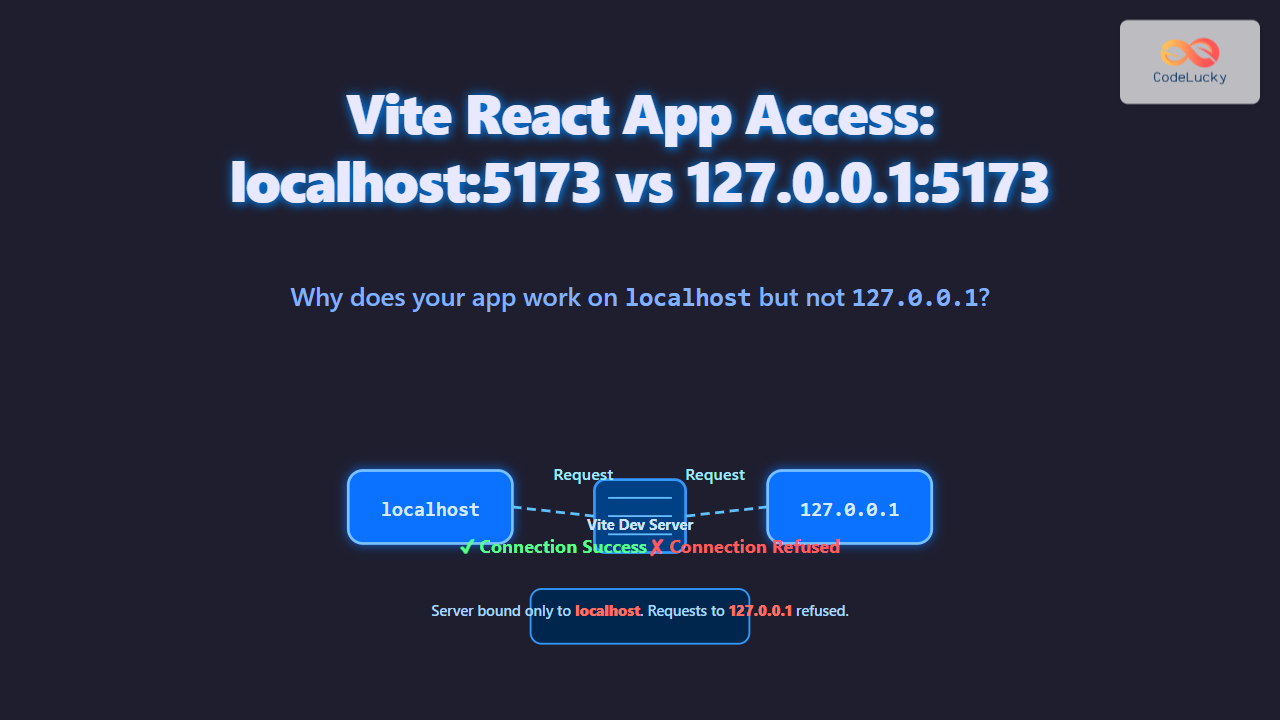JavaScript RegExp \0: Matching NUL Character
In JavaScript regular expressions, \0 is an escape sequence that represents and matches the NUL (null) character. The NUL character is a control character with a value of zero. This character is often used in programming languages to indicate the end of a string or to fill space in data structures. Understanding how to match the NUL character in JavaScript regular expressions can be useful in certain data processing and validation scenarios.
Syntax
The syntax for using \0 in a JavaScript regular expression is straightforward:
const regex = /\0/;
Here, \0 will match a single NUL character in the input string.
Matching NUL Characters
The \0 escape sequence matches the NUL character (Unicode U+0000). It can be used within a regular expression to find or validate the presence of NUL characters in a string.
Example 1: Basic NUL Character Matching
This example demonstrates a simple regular expression that checks if a string contains a NUL character.
const str1 = "Hello\0World";
const regex1 = /\0/;
const result1 = regex1.test(str1);
console.log(result1); // Output: true
const str2 = "HelloWorld";
const regex2 = /\0/;
const result2 = regex2.test(str2);
console.log(result2); // Output: false
In this example, the regular expression /\0/ is used to test whether the strings str1 and str2 contain a NUL character. The first string contains a NUL character and the test returns true.
Example 2: Using NUL Character with String Replacement
This example shows how to use the \0 escape sequence to replace a NUL character in a string.
const str3 = "Data\0with\0NUL";
const regex3 = /\0/g;
const replacedStr3 = str3.replace(regex3, " ");
console.log(replacedStr3); // Output: Data with NUL
In this example, the regular expression /\0/g is used with the replace() method to replace all occurrences of the NUL character in the string str3 with a space.
Example 3: Validating Input with NUL Character Restrictions
This example demonstrates how to use the \0 escape sequence to validate that an input string does not contain a NUL character.
function validateInput(input) {
const regex4 = /\0/;
if (regex4.test(input)) {
return "Invalid input: NUL character detected.";
} else {
return "Valid input.";
}
}
console.log(validateInput("CleanData")); // Output: Valid input.
console.log(validateInput("Data\0Injection")); // Output: Invalid input: NUL character detected.
This function validateInput uses the regular expression /\0/ to check if the input string contains a NUL character. If a NUL character is found, it returns an error message.
Example 4: Extracting Data Before NUL Character
This example shows how to extract data from a string up to the first NUL character.
const str5 = "ImportantData\0Garbage";
const regex5 = /^([^\0]*)\0.*/;
const match5 = str5.match(regex5);
if (match5 && match5[1]) {
console.log("Extracted data:", match5[1]); // Output: Extracted data: ImportantData
} else {
console.log("No NUL character found, or no data before it.");
}
In this example, the regular expression /^([^\0]*)\0.*/ is used to match and capture any characters at the beginning of the string up to the first NUL character. The captured group ([^\0]*) contains the data before the NUL character.
Example 5: Removing NUL characters from array elements
This example shows how to use the \0 escape sequence to remove NUL characters from elements in an array.
const arr = ["Data\01", "Data\02", "Data\03"];
const regex = /\0/g;
const cleanedArr = arr.map(element => element.replace(regex, ""));
console.log(cleanedArr); // Output: ["Data1", "Data2", "Data3"]
This code uses the map function to iterate over each element of the array and the replace function to remove NUL characters from it, using the regex /\0/g.
Key Points
\0matches a single NUL character (Unicode U+0000).- The NUL character is often used to indicate the end of a string or to fill space.
- Using the
gflag withreplace()allows you to replace all occurrences of the NUL character. - Validating input to prevent NUL character injection can be crucial for security. 🛡️
- Ensure you handle cases where the NUL character might not be present in the string. ⚠️
Conclusion
The \0 escape sequence in JavaScript regular expressions provides a way to match the NUL character, enabling developers to handle specific data processing and validation scenarios. Understanding how to use \0 can be particularly useful when dealing with data that may contain NUL characters for various reasons. By using the examples and explanations provided in this guide, you should be well-equipped to use the \0 escape sequence effectively in your JavaScript projects.



















